Zeiss Milvus 25mm f/1.4 Hands-On
I was lucky to get the new Zeiss Milvus 25/1.4 for a few hours to try on my Sony A7 MII camera. Using Novoflex adapter, I made a few shots in the field. For the in-depth review, this lens should be tested on the native mount camera (Canon or Nikon), but this short experience helped me to get the basic idea about new Zeiss.
Specification:
For the full specification, please go to the official Zeiss site, where you will find all details, together with the MTF Chart, distortion and vignetting diagram and other useful information.
Appearance and build quality:
Milvus 25/1.4 has the same appearance as other Milvus lenses. It is big and heavy with that soft rubber focusing ring that I don’t like very much (getting dirty/scratched very fast) and build quality that is among the best in its class. Putting all Milvus lenses in line, it won’t be easy to distinguish between them. Focusing itself is buttery smooth and the lens is protected from the harsh weather conditions (when equipped with the Zeiss protective filter).
Sharpness:
Like many modern lenses, Milvus is optimized for the explicit sharpness from the wide open aperture. For Zeiss, this is the widest lens with the speed of f/1.4 or faster that I am aware of and going wide and fast, means some serious challenges in the terms of optical corrections. Zeiss did almost everything right, in the trade of the size and weight (and price).
Center sharpness is excellent in the middle of the frame, and still very good toward the edges at f/1.4, getting more even at f/5.6 and f/8 across the frame. At the minimum aperture of f/16, diffraction affects the image, but the result is still very respectable and easily usable. I miss even smaller aperture (at least 22) but that is typical for the Milvus line.
Test shot:
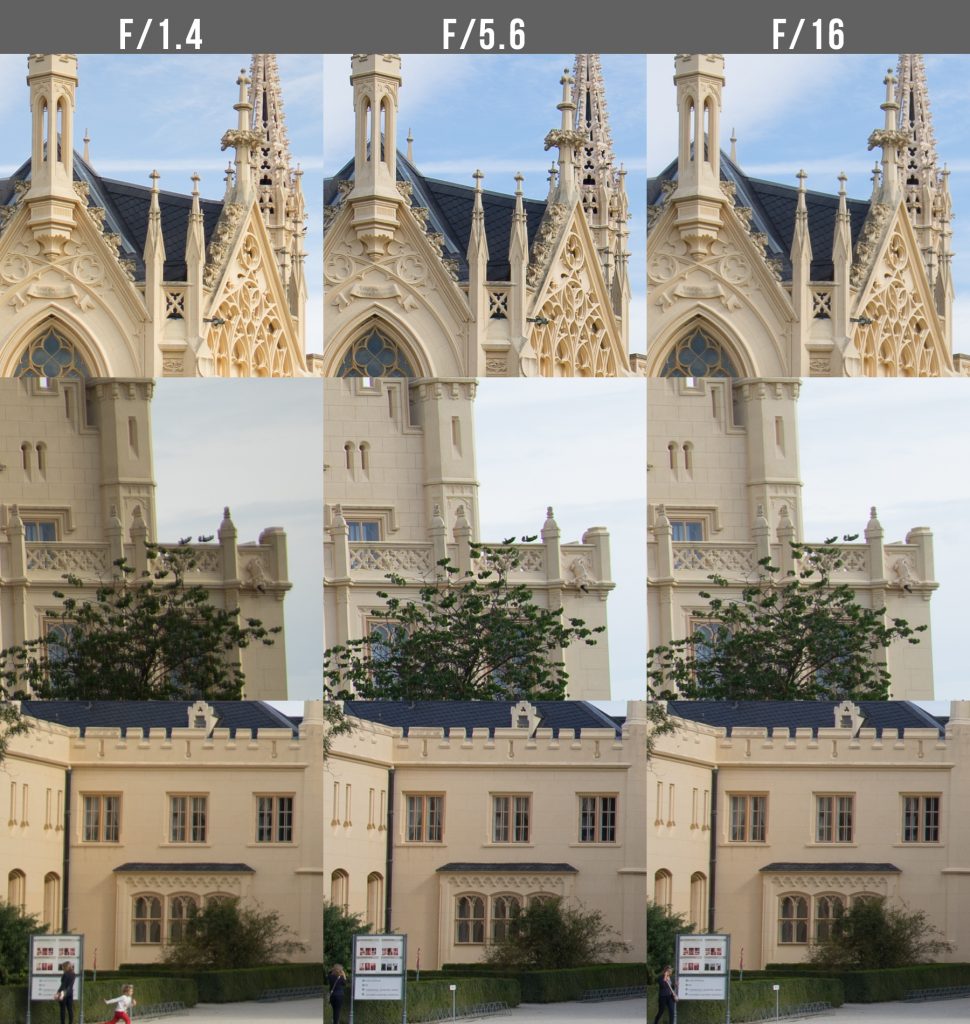 To emphasize the real difference wide open, I used my Canon EF 24/1.4 L II lens (which I am using for over five years without complaint) in comparison:
To emphasize the real difference wide open, I used my Canon EF 24/1.4 L II lens (which I am using for over five years without complaint) in comparison:
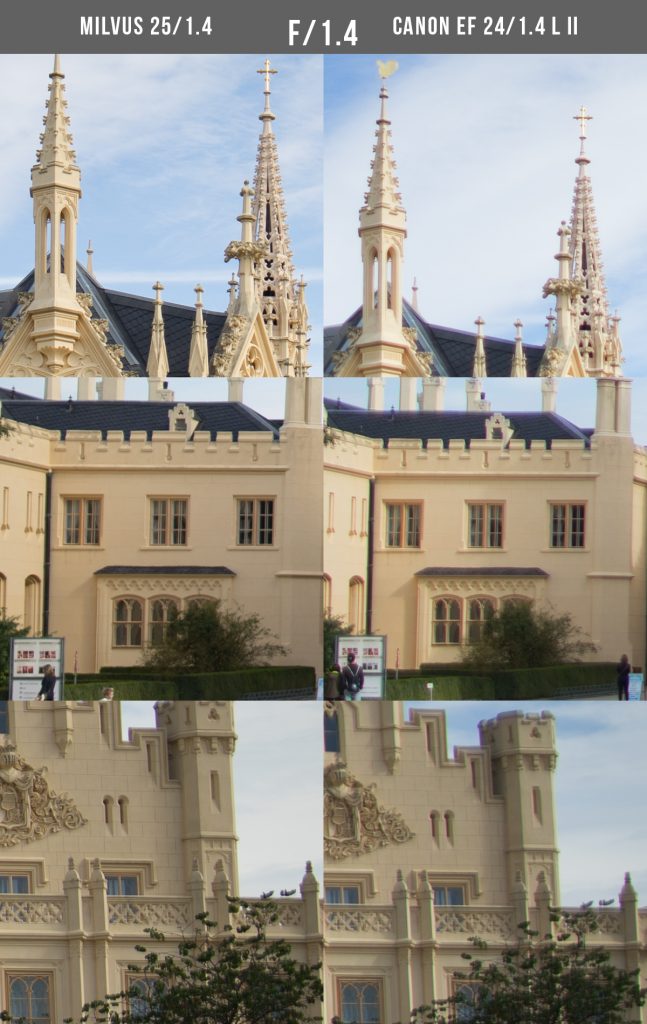 Stopping lenses down to f/5.6 gets the results more in line:
Stopping lenses down to f/5.6 gets the results more in line:
There was a change in the lighting between the shots, so please take that into consideration (Canon lens has higher contrast, due to the sunlight) but to my eye, the sharpness pretty much equalizes here. (Zeiss still have a slight edge in the corners, which is gone by f/5.6 and smaller).
Making this very simple – sharpness is the best that I ever experienced by any comparable (focal length and speed) lens, starting right from the f/1.4
Distortion:
Observing some of the images that I captured within this short period, I have the impression that there is some complex distortion (mustache) visible. In some images, it is more pronounced while in others, almost invisible. Overall, I find Milvus 25/1.4 very capable for the architecture shots with the natural limitation of the low viewpoint in most cases.
Chromatic Aberration:
Lateral CA is well corrected for the visible spectrum in the field conditions. Axial CA or better said, “purple fringing” along high contrast edges is also very well corrected, but it can be spotted in the extreme situations.
Otus 28/1.4 should be slightly better corrected for the CA, but we all know at which cost (size, weight, price).
Flare resistance:
Zeiss T* coating keeps evolving and it delivers performance that was hard to imagine a few years ago. Even in the direct sunlight, your image will not lose any contrast and flare artifacts remain minimal, probably caused more by the sensor reflections than the lens itself.
Bokeh:
While it is not usual to look for the bokeh at this focal length, thanks to the extremely short minimum focusing distance, Milvus 25/1.4 can actually serve as a macro lens. It is actually interesting macro option to consider, because of the very dynamic perspective and – very smooth bokeh. I was honestly surprised how a smooth and pleasing transition to the blurred background and even foreground, is with this lens. This was probably the biggest surprise for me and I should definitely make some time to test also Milvus 35/1.4 to see how they compare.
Two shots illustrating macro capabilities (short minimum focusing distance), sharpness at the macro distance and bokeh.
I left the only negative experience for the end of this mini-review, because I used a non-native mount in the fully manual mode, so no in-camera corrections were applied. The adapter itself (it is a quality Novoflex adapter, but it still might increase vignetting) is another possible issue, so I would suggest looking at the official Zeiss diagram for the light fall off. In my experience on the Sony A7 type camera, vignetting wide open was strongly pronounced and it will cause some problems if the perfect light fall correction is required. Vignetting is much improved already at f/2.0 and from f/5.6 it is not an issue.
Conclusion:
Milvus 25/1.4 is another brilliant modern lens from Zeiss, but besides its precise and complex optical corrections, it has very pleasing bokeh. The contrast between acutance and smoothness of the blurred areas, together with the great flare control, gives the Zeiss signature look, which many are describing as a 3D pop. While 3D pop is rather a fancy phrase than anything else, it helps to describe the unique rendering of the Zeiss lenses, and Milvus 25/1.4 is among best examples.
However, due to the large size and the hefty weight as well as the price itself, the consumer target group remains unclear. For the landscape photographers, who will most often use smaller apertures, most benefits of the Milvus are diminished. For the event and wedding photographers, lack of the autofocus and size/weight of the lens is to be considered. For the astrophotographers, vignetting at f/1.4 might be an issue too.
Most of those thoughts are related to the Milvus lenses in general, but as I have learned, they are partially created as a cheaper alternative to the Zeiss CP – cinema lenses line. Thinking of a Milvus line as a semi-professional or professional cinema lenses put the things in a completely different perspective and I feel safe to say that there is nothing comparable in the market. Not only Zeiss Milvus will deliver a great sharpness, top-notch build quality, smooth and precise focusing and short minimum focusing distances, but they will also render uniquely consistent colors across the entire line. Add to the mix Zeiss quality control and customer service reputation and it should be clear that if you are considering video carrier, Zeiss Milvus optics are the only serious starting point. Milvus 25/1.4 is certainly a great addition to this line.
| Pluses | Minuses |
| Sharpness | Vignetting |
| Flare control | Size/Weight |
| Bokeh | Min aperture f/16 |
| Minimum focusing distance | Price |
| Premium build quality | |
| Fast aperture f/1.4 | |
| High contrast |
Sample images:
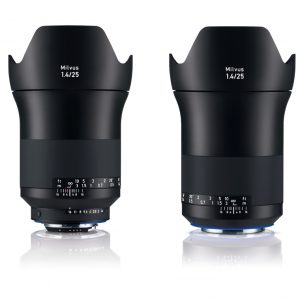
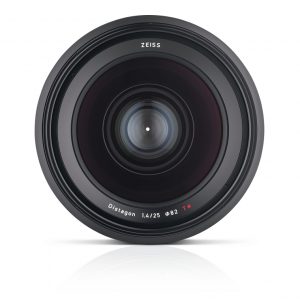
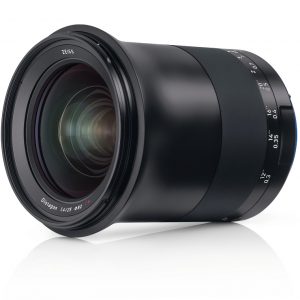
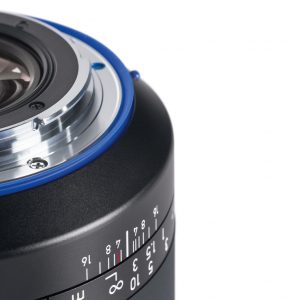
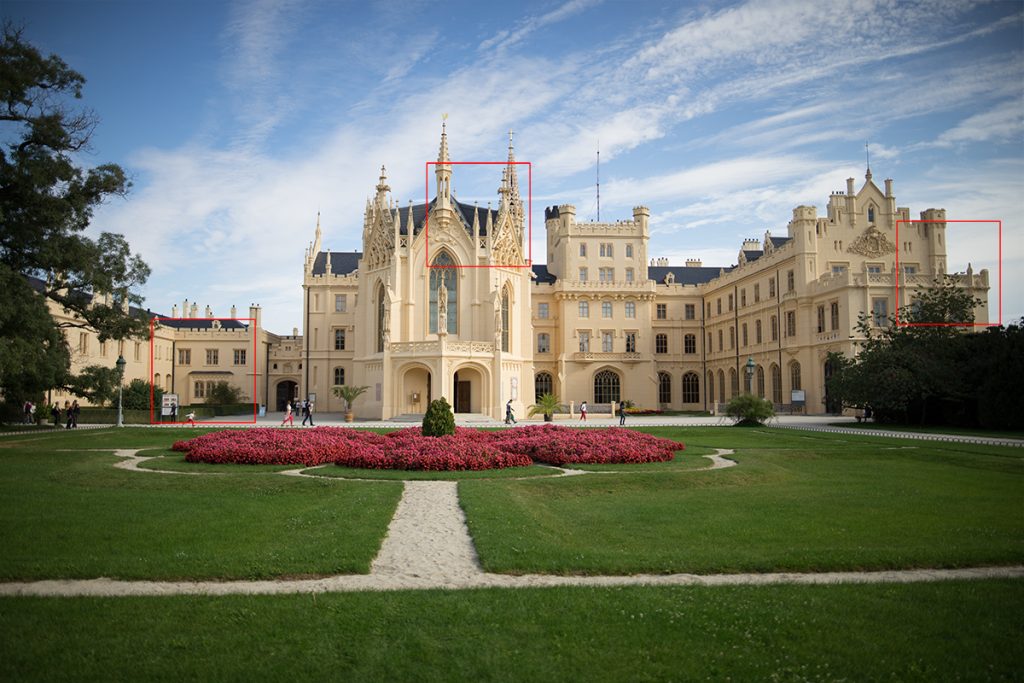
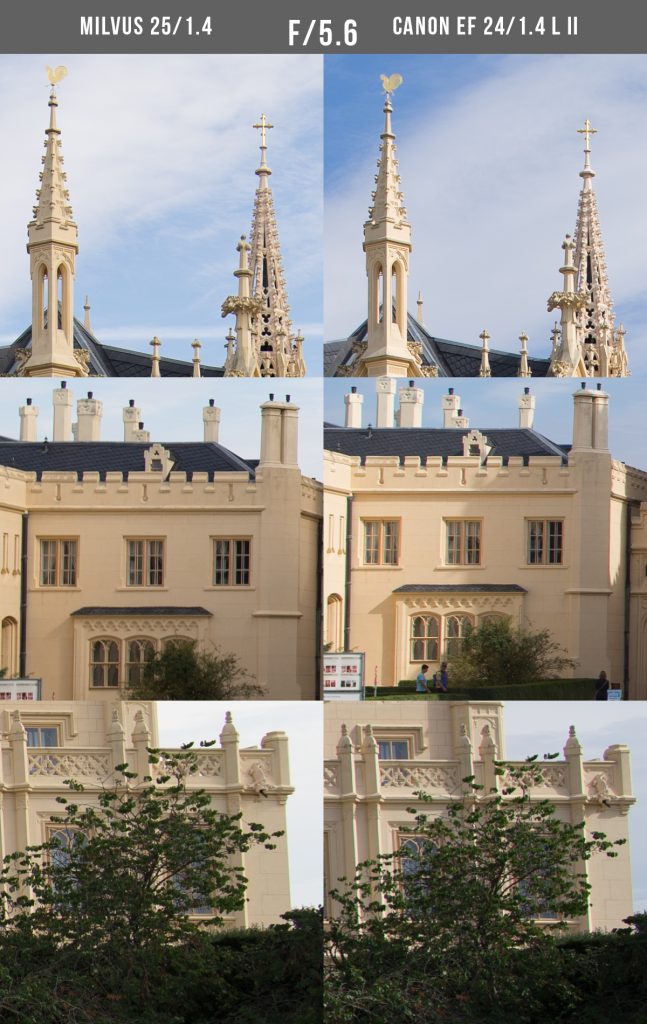



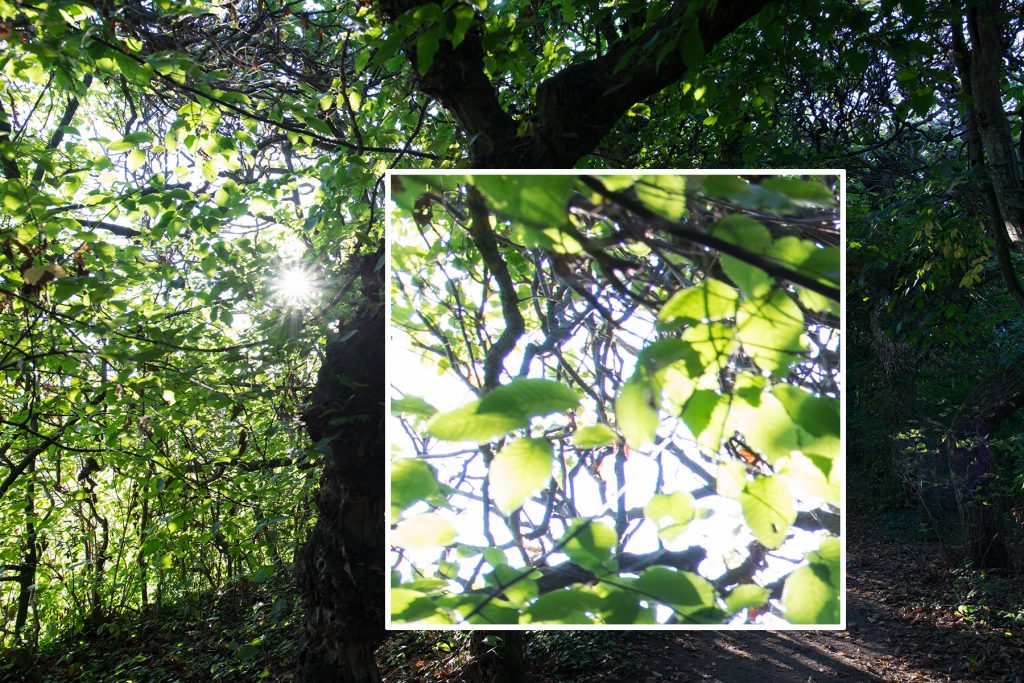
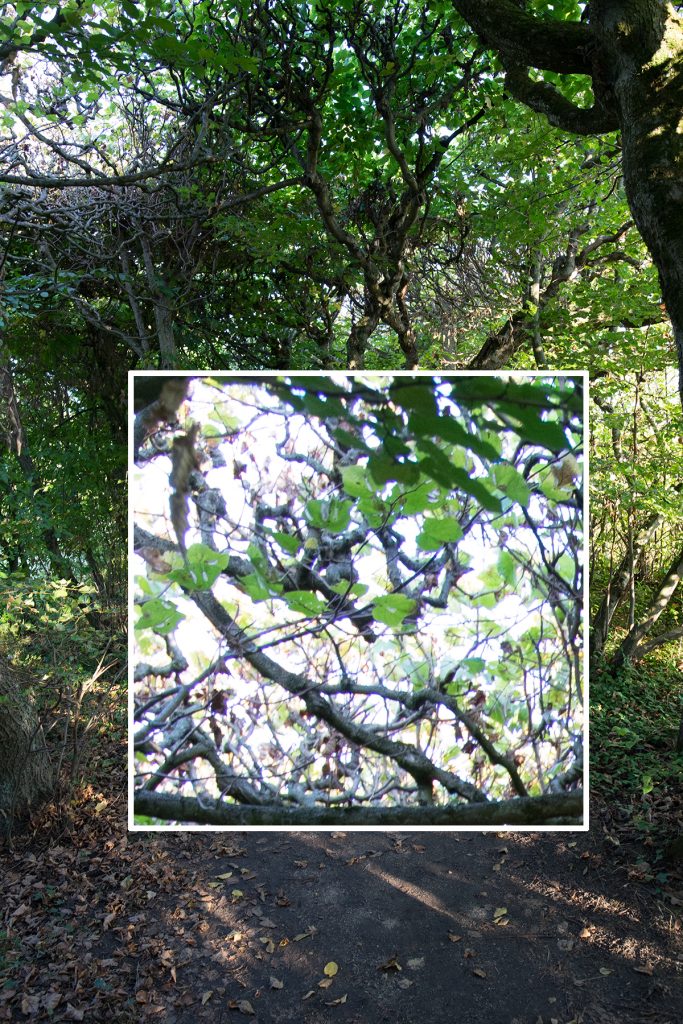
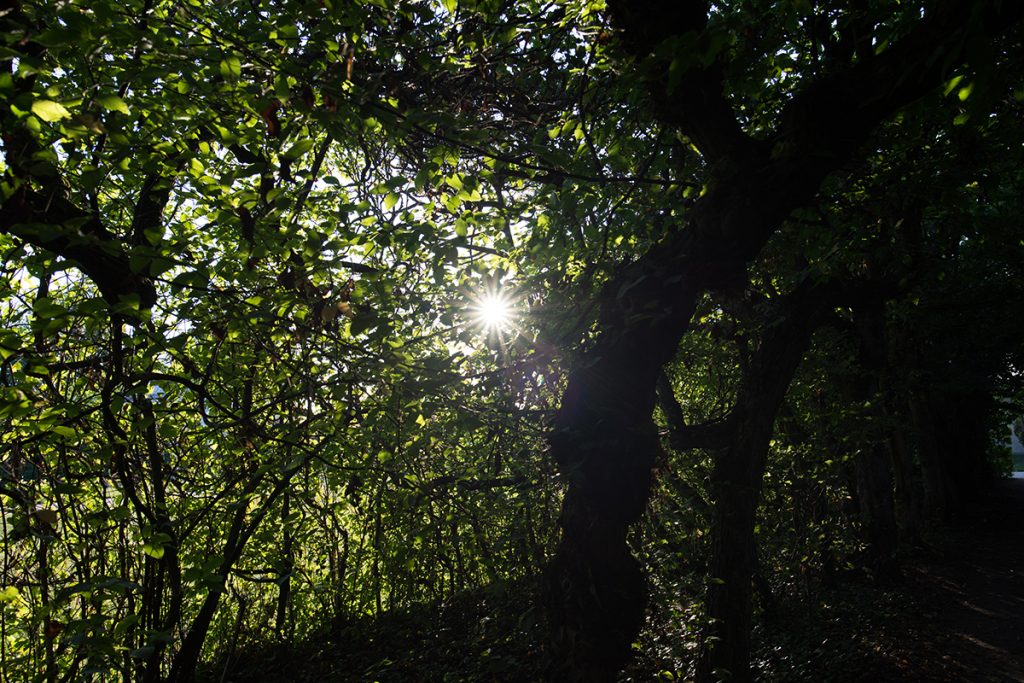

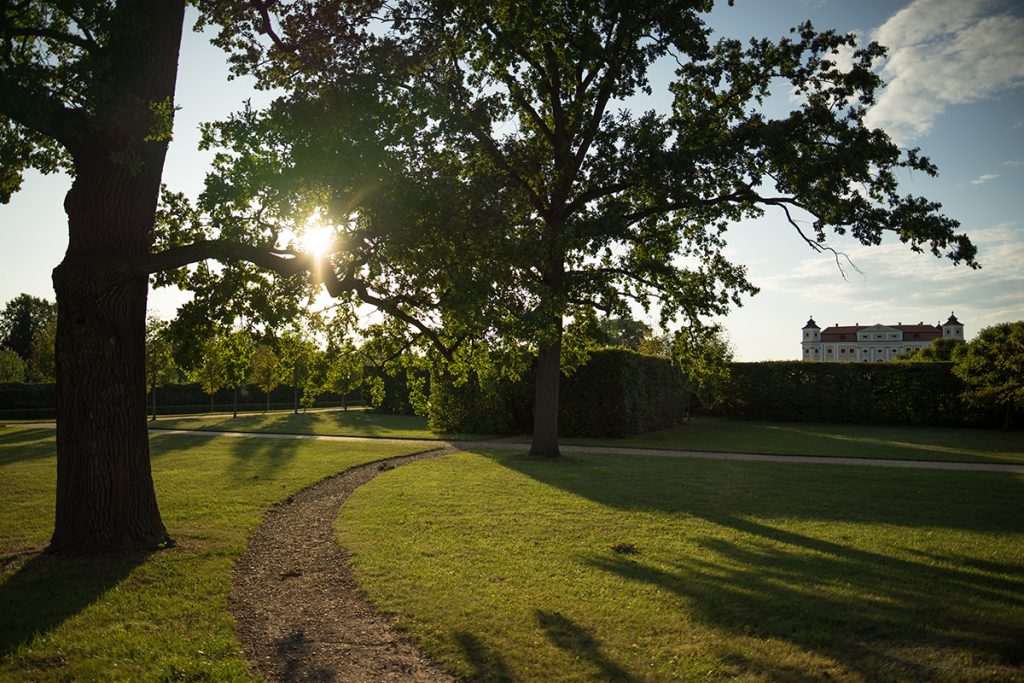
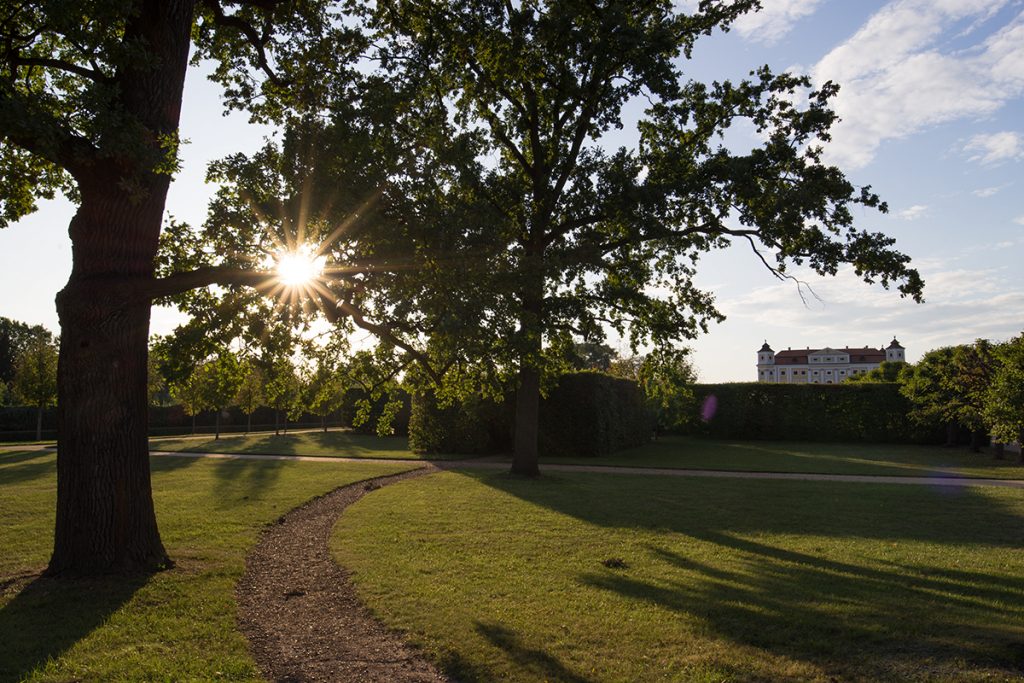





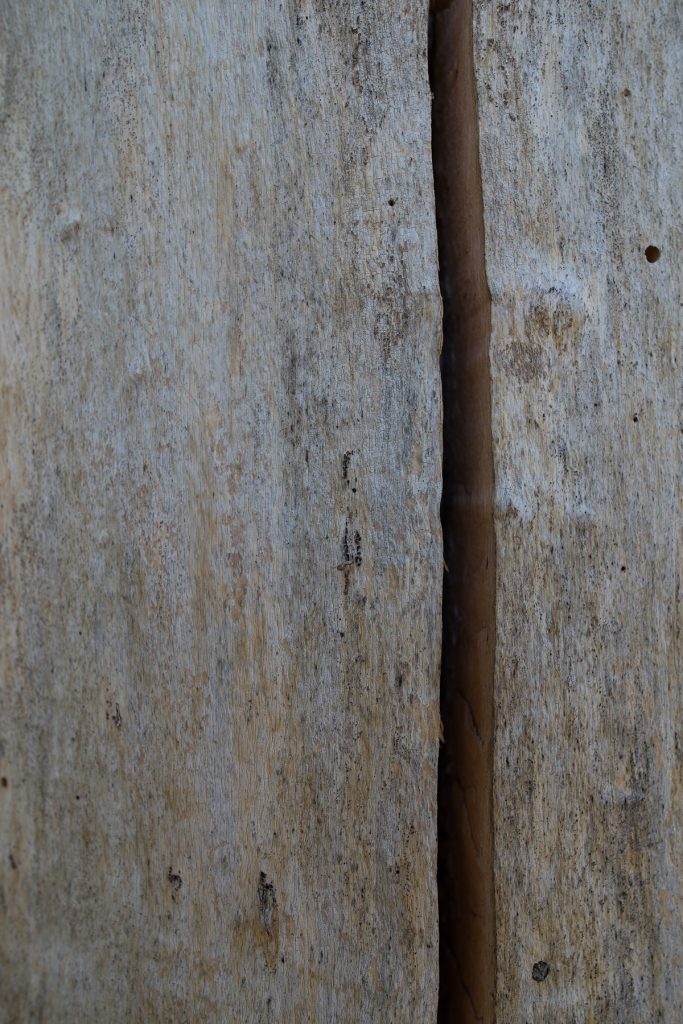

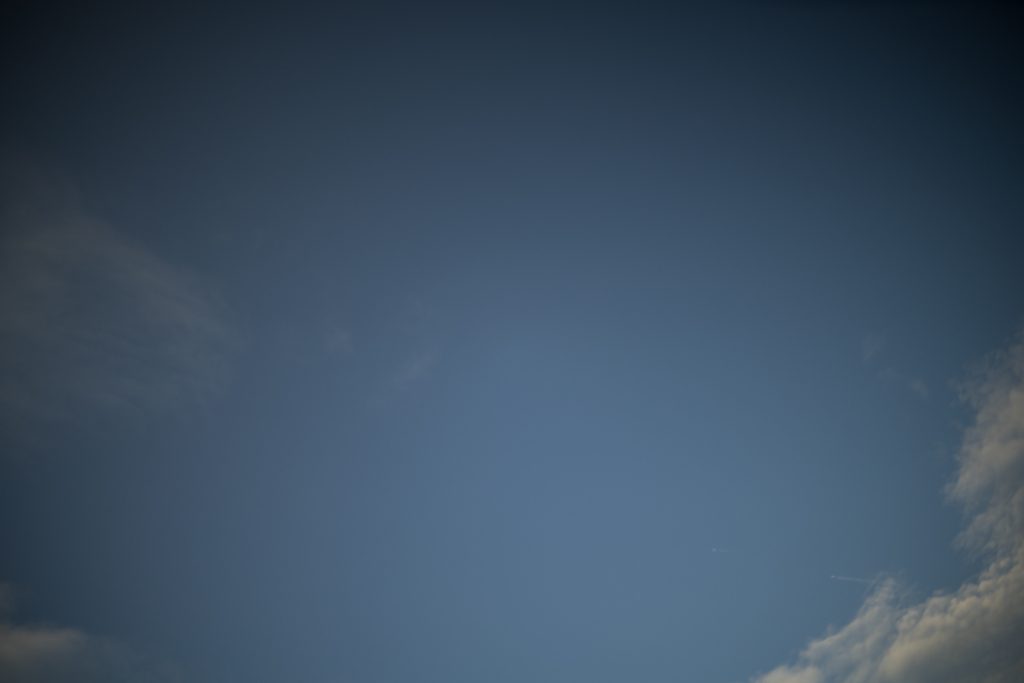


















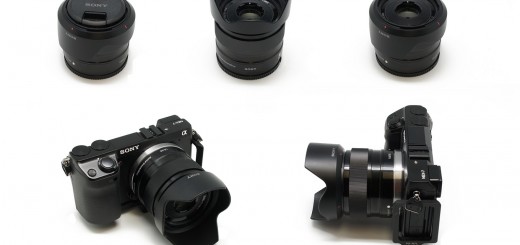
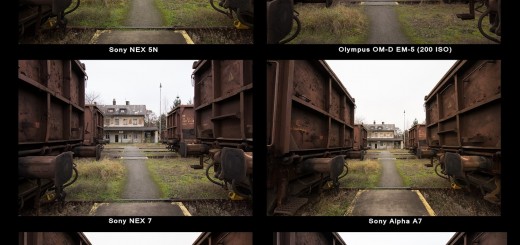
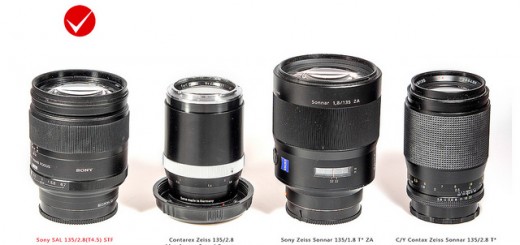













good!
Wow wide open it spanks the Canon.
It does, better corrected spherical and chromatic aberration and more effective coatings.
How is the stopped down performance (2.8) compared to the Zeiss Loxia 21mm or the Batis 25mm?
I didn’t compare them directly but there is very little difference between most comparable modern lenses from f/4 and smaller. You can see that even somewhat older Canon 24/1.4 II is catching up at f/5.6. Since all three are Zeiss lenses, they have same (within the same generation family) coatings and none of those lenses has excessive distortion (Loxia 21, being the widest, suffer probably most from it, but it is still very well corrected). At smaller apertures, vignetting is not the problem either. If you are on the Sony E platform, Loxia has great advantage in size but it is “only” f/2.8, Batis has AF and solid speed at f/2 but in my opinion (very subjective) also most digital/flat rendering and Milvus while optically great, is huge and heavy. I am using Loxia (and Canon TS-E 17) for my work.
This isn’t directly related to milvus 25… it is tempting but very expensive with filter thread size I don’t like and aperture I don’t need… I was wondering if you plan on reviewing voigtlander 40 and 65. The 65 at least appears to be in same optical class as very good zeiss lenses and has that marvelous emount compatibility loxia has. Are they on your radar?
Hi Micah,
I would love to put my hands on Voigtlander 65/2 APO, but don’t know when it might happen 🙁 Thing is, that only Zeiss is willing to give me lenses for testing for more than 2 weeks and since I am trying to write my reviews based on thorough testing, I usually have to buy other lenses or cameras on my own. Thank you for visiting verybiglobo.com
wow lens. I guess the sigma wont mach it ,as the canon 24mm 1.4 II does not either.
Spoiler the milvus 35mm 1.4 is the best 35 mm on the market. It is simply superb in sharpnes, contrast and rendering, See Dustin Abbott YT channell. You should definately rent it to test it.
Hi – it’s been some time since this post so not sure if this comment will be read but I’m curious about the vignetting – how does it compare to the Canon 24mm f1.4 ii? I used to have the Canon but thought the vignetting was unbearable at f1.4. I’d expect this lens should fare a little better (I’d expect it’s still heavy but not as much) as it has a larger front element but not sure. Thanks!
Hi,
in my experience vignetting on Sony A7 is as bad if not worse than with the Canon EF 24/1.4 LII. I wrote about it in the article above.
Cheers,
Viktor
8p0b20
qx58ht
3pz5lo
l20o76
peb01a
y4riu3
njnrof
dntopm
t0fs1q
g1kv6w
422388